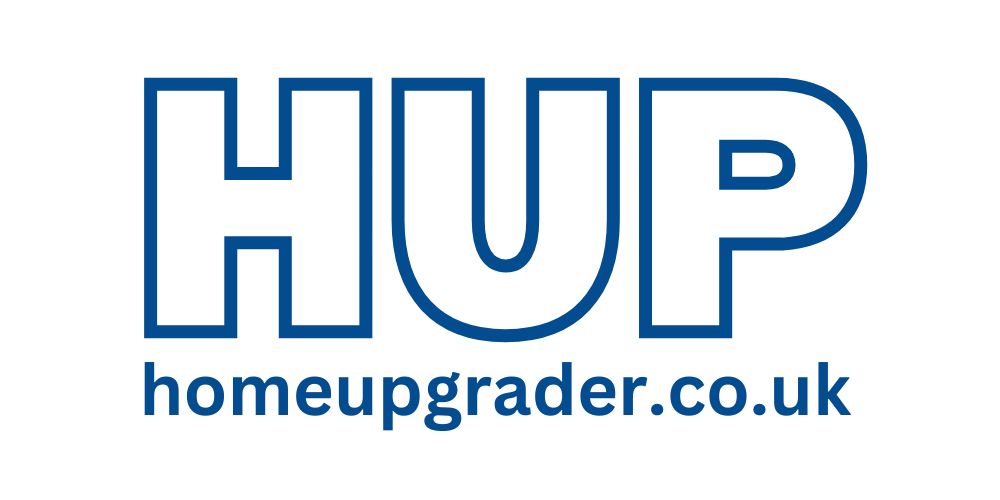Moving house often means the kids move schools. But it can be a minefield. Only instead of mines, the danger lies in two words from Ofsted: ‘needs improvement’.
Of course, you can pay for private education , if you can afford it. But the canny solution, as any parent knows, is to move near a good, or ideally outstanding state school. Free, excellent education. Bright futures for genius children. But there’s one big question: where?
How catchment areas work
Catchment areas are not as simple as people think. A catchment area is a zone around a school, in which your child is likely to be accepted. But it’s no guarantee.
Schools fall into two categories: undersubscribed, and oversubscribed.
If a school is undersubscribed, then no problem: you’re in.
If it’s over-subscribed, there will be an admissions policy. Priority will usually be given in the following order:
- Looked after children (e.g. children in foster care)
- Siblings
- Feeder schools
- Catchment area
- Distance from school (straight line or walking distance)
This means your chance of admission changes every year, and being in a catchment area is no guarantee of a place. Each school has a different admissions policy, which you should be able to find on their website.
That said, distance does matter in almost every case. Luckily there are some tools that can help.
How to find a catchment area
Local authority websites will usually have school catchment areas. But they’re not always easy to sift through, and they don’t always contain crucial information like exam results. They also don’t do comparisons between schools.
The question we parents are really trying to answer is: if I move to City X, where should I buy a house for the best schools?
There are a number of school comparison websites out there. I tried a few of them here. The best was Locrating.
Locrating is a real nerdfest. It’s an interactive map with every school and nursery, showing exam results, Ofsted, and everything else the diligent parent might possibly need.

It can draw an admission heatmap around schools to show the real-life ‘catchment area’. You can also put a pin down for your house (or prospective house). It will then tell you which schools most people attend – again, this real-life data is more informative than hypothetical catchment areas.
Locrating is not free (£13.99 for a month’s use when I tried it). But it’s worth it.



